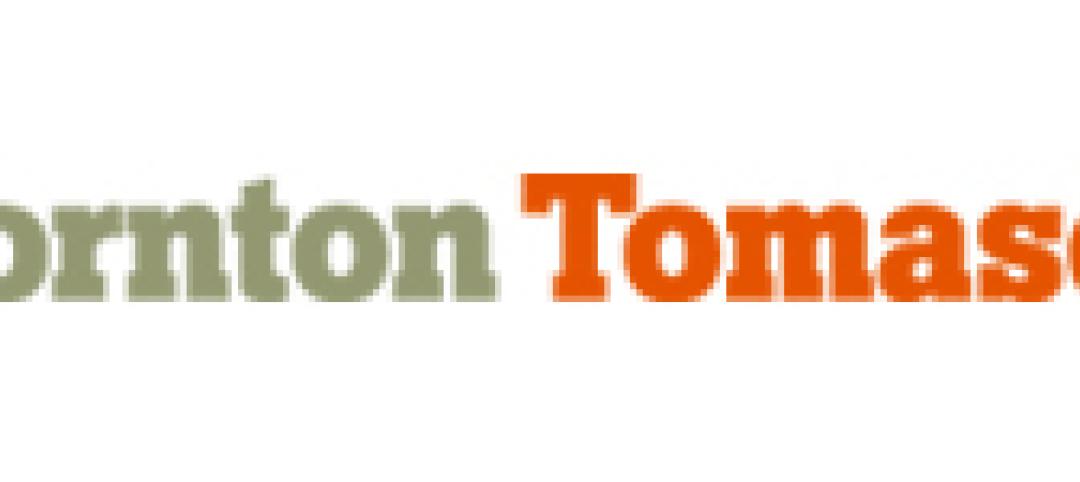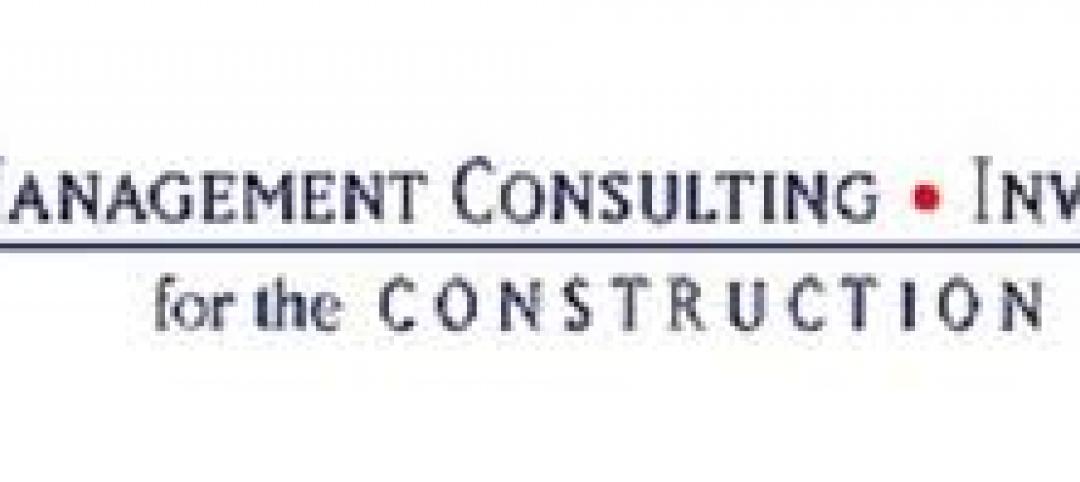Fifty-two weeks. An entire year. That’s how long project teams are having to wait for certain building materials, systems, and equipment in the post-Covid environment. These include critical core-and-shell materials like steel, steel deck, steel joists, and roofing components such as ISO foam board insulation and fasteners. Even readily available “off-the-shelf” products like drywall, metal framing, and paint have lead times. Not to mention near-historic price inflation levels and shipping costs across almost every product category.
Faced with these immense supply chain issues—on top of the ongoing skilled labor shortage—building teams are forced to employ aggressive product procurement tactics to pull off new construction and major reconstruction programs on schedule—and anywhere close to budget. Common strategies include real-time price tracking, product availability analysis during the design and bidding phases, more-optimal project planning (duh!), and sourcing locally, when possible.
Some project teams are looking to eliminate much of the guesswork around product availability and price inflation by employing early bulk-purchasing measures for entire building projects, even multi-build developments. This “buy-and-store” approach to product procurement has worked for several recent healthcare projects led by design and construction giant Haskell, says Denise Muth, Project Director with the firm’s Infrastructure and Transportation group.
ALSO SEE: How building owners and developers can get ahead of the next supply chain disaster
“For one hospital project, it was determined to buy the whole project out from the start and utilize local storage leased by the hospital,” says Muth. “On another project, we accelerated roofing, MEP equipment, elevators, and steel to help jumpstart the lead time process while the balance of design is completed. Depending on the stage of design, our owners are encouraged to purchase the entire project as quickly as possible.”
AEC industry consultant Ryan Bosworth, Principal with Rider Levett Bucknall, urges project teams to take advantage of the glut in vacant or derelict retail stores, especially big boxes, to purchase building products in bulk and warehouse them locally. “Landlords are begging for revenue while they reposition properties,” he says, adding that these spaces are relatively inexpensive to rent and require little build-out.
This bulk-purchasing approach, while effective, does have its obstacles, says Muth, including added front-loaded costs for owners/developers, insurance considerations related to storage facilities, and the risk of changes to specifications or design after materials have been ordered and stored.
Related Stories
| Feb 8, 2012
World’s tallest solar PV-installation
The solar array is at the elevation of 737 feet, making the building the tallest in the world with a solar PV-installation on its roof.
| Feb 7, 2012
AIA introduces seven new contract documents to Documents-On-Demand service??
AIA Contract Documents are widely-used standard form contracts among the building industry to support construction and design projects.
| Feb 7, 2012
Data center construction boom driven by healthcare and technology
The study includes insight and perspective regarding current investment plans of stakeholders, potential challenges to the data center boom, data center efficiency levels, the impact of new designs and technologies, and delivery methods.
| Feb 7, 2012
Shepley Bulfinch opens San Francisco office
This expansion establishes a physical presence that builds on a portfolio of work for institutional clients on the West Coast, dating to the development of the original Stanford University campus in 1891
| Feb 7, 2012
Thornton Tomasetti opens new office in Denver
The firm, which now has 25 offices internationally, opened the new office to better serve current and potential clients in the western Central region and Mountain States.
| Feb 6, 2012
Slight increase in nonres construction spending expected in 2012, growth projected for 2013
Commercial sector expected to lead real estate recovery.
| Feb 6, 2012
FMI releases 2012 Construction Productivity Report
Downsizing has resulted in retaining the most experienced and best-trained personnel who are the most capable of working more efficiently and harder.
| Feb 6, 2012
Kirchhoff-Consigli begins Phase 2 renovations at FDR Presidential Library and Museum
EYP Architecture & Engineering is architect for the $35 million National Archives Administration project.
| Feb 6, 2012
Batson-Cook announces the appointment of Hall as president
Hall will manage and direct all aspects of the firm’s day-to-day operations. He will be based in Batson-Cook’s Atlanta office.

















